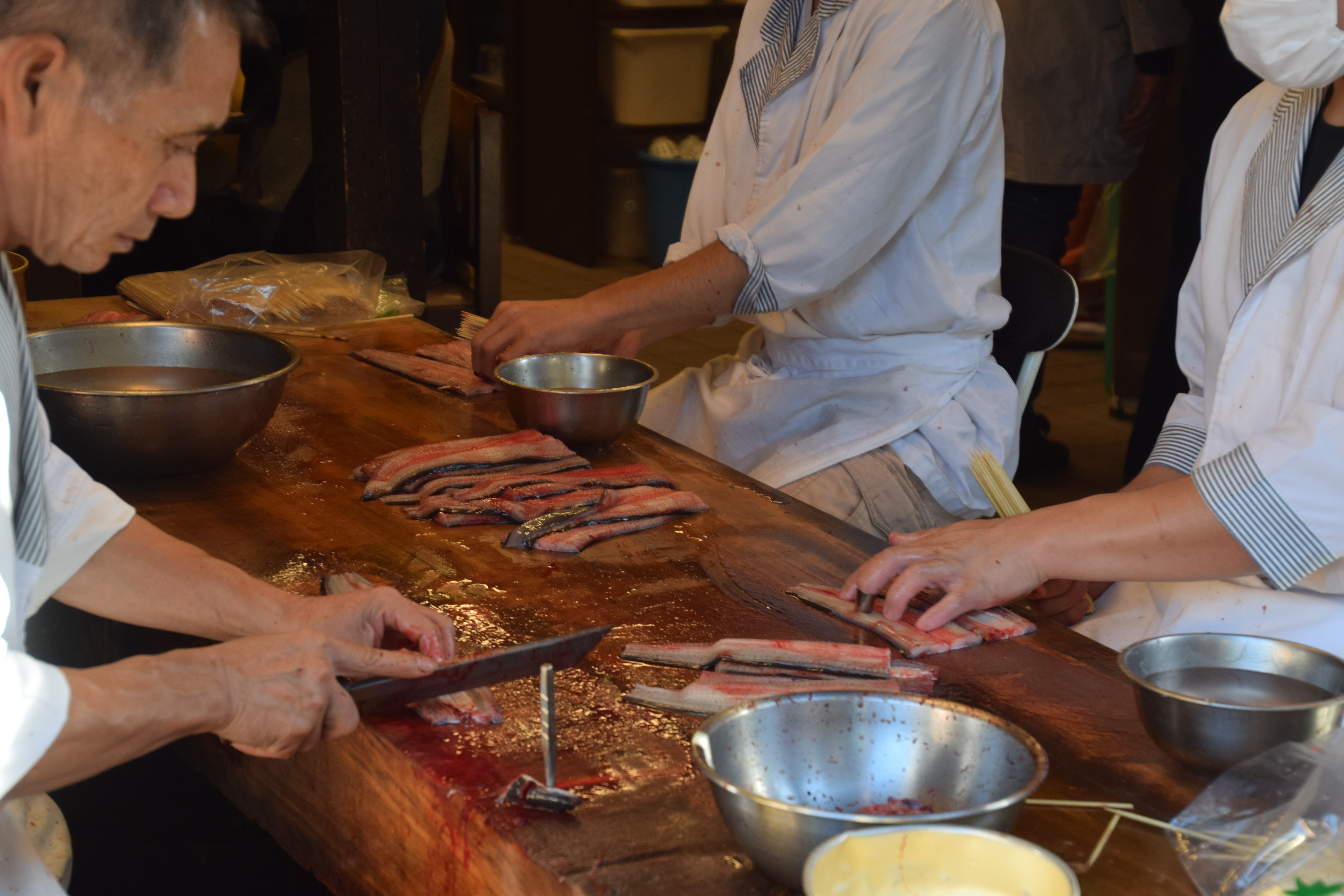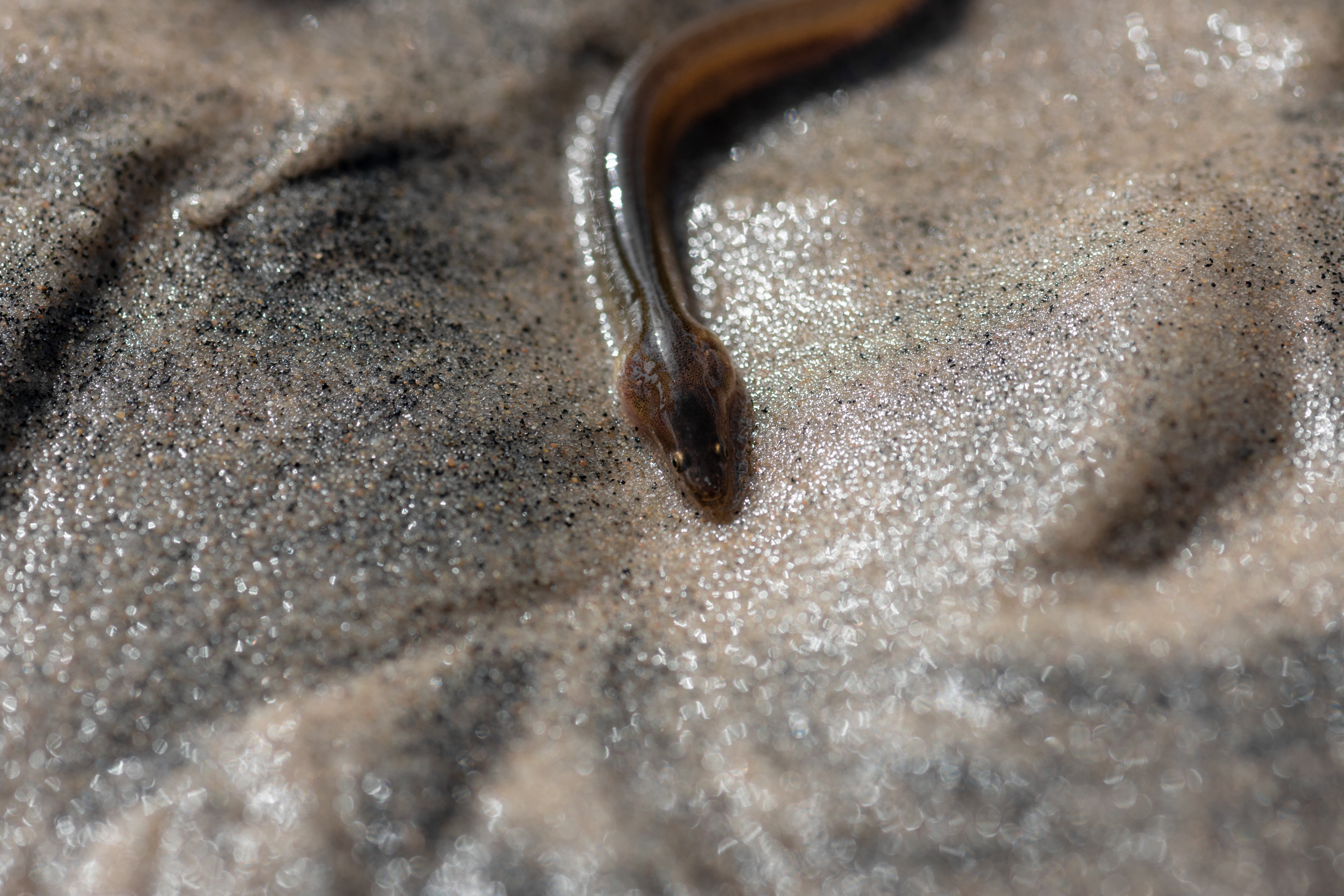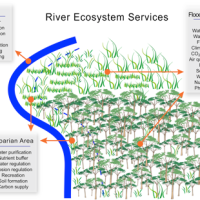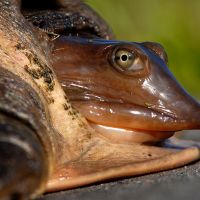Illegal trafficking of the European eel: the ‘world’s greatest wildlife crime’

The European eel is one of the most fascinating and mysterious freshwater fish in the world. Its lifecycle takes place across vast oceans: mature eels spawn in the Sargasso Sea in the North Atlantic, and their larvae drift on ocean currents for nearly a year towards European shores. When approaching the coastline, the larvae metamorphosise into a transparent ‘glass eels’ a few centimetres long. These glass eels enter river estuaries, grow into ‘elvers’ and begin migrating upstream.
Eels can take decades to reach maturity in freshwater rivers and lakes, before migrating downstream back out into the open ocean as adults to spawn. This remarkable spawning cycle has yet to be fully documented by scientists.
European eel populations are in severe decline. According to the IUCN, the number of eels entering European catchments has declined by 90% since the 1970s. This is partly due to obstructions such as dams, weirs and hydropower plants blocking the eels’ migration routes, and the loss of spawning habitats such as wetlands across Europe.
Other factors in eel declines include changes to oceanic currents, disease and parasites and pollution (particularly of PCBs). As a result, the European eel is now classified as ‘critically endangered’ by the Convention on International Trade in Endangered Species of Wild Fauna and Flora (CITES).
Clearly, there are many pressures on European eel populations at all stages of its lifecycle. However, recent evidence shows the increasing impact of illegal fishing and trafficking as a major factor in European eel declines. Whilst the export of European eels out of the European Union has been suspended since 2010, between 300 to 350 million eels – as much as 100 tonnes of fish – are illegally trafficked from Europe to Asia each year, according to EUROPOL. This figure accounts for around one-quarter of the total number of glass eels reaching the European coastline each year.
“Trafficking of the European eel is the world’s great wildlife crime in both traded individuals and market value. It affects 25% of the total stock of European Eel and is hampering the recovery of this precious species,” said Andrew Kerr, Chairman of the Sustainable Eel Group. “It is therefore vital that we stop all smuggling because it undermines every single effort used to establish adequate protection from other human impacts.”

Eels are a culinary delicacy in China and Japan, but when supplies of Japanese eels declined in the 1990s, Asian eel farming shifted to using European eels. Wildlife traffickers have responded to this demand by setting up illegal trade routes transporting live glass eels caught in estuaries across Europe to Asia.
The tiny eels are often smuggled in suitcases – each containing up to 50,000 fish – and transported by road and air to Asia. Here, they are grown on in fish farms to their full size. Because of the complexity of their lifecycle, European eels cannot be commercially bred in captivity, fostering the demand for glass eels which can be harvested and transported in huge numbers.
Where a glass eel might cost a euro to buy, a fully grown eel can be sold for ten times as much. This profit margin has led to an illegal trade in European eels estimated to be worth €3 billion each year. This trade has been called ‘the world’s greatest, yet least known, wildlife crime’ by the Sustainable Eel Group.

A press conference held last week in London announced that increasing law enforcement efforts to curb illegal eel trafficking have seized 15 million eels and made 153 arrests across the EU since last year. This figure represents a 50% rise in arrests compared to the year before. Convened at the Sustainable Eel Group’s 10 Year Anniversary Event, the press conference featured representatives from EUROPOL, the UK National Wildlife Crime Unit and Spain’s Nature Protection Service (SEPRONA), who are collaborating on the issue across Europe.
“This is our flagship operation in terms of environmental crime. All the arrests mentioned are in Europe with the majority from Spain, France and Portugal. The main actions have been taken from SEPRONA, they have led the way in Europe along with the Portuguese and French authorities,” said Jose Antonio Alfaro Moreno from EUROPOL.
“The people arrested in Europe are poachers, mules and members from other criminal networks. We have focused not just looking at trafficking glass eels as a single issue, but the wider criminal networks,” Moreno continued. “Year after year, more countries are joining our actions. For example, this year we are carrying out more work in Croatia, Czech Republic, Germany, Switzerland and Macedonia. For the next season, we want to follow the line of the inquiry into eel meat production in Asia and DNA traces. With this, we expect more countries to get involved with high ambition for action. The criminal groups learn and develop their methods, so EUROPOL need to stay one step ahead.”

A 2016 study used DNA barcoding to prove that glass eels seized at Hong Kong International Airport were sourced in Europe, providing the first genetic evidence of the illegal eel trade between Europe and Asia. Advances in such technologies have the potential to support enforcement and prosecution, as well as facilitate international co-operation between European and Asian countries on the issue, the study – led by Florian Stein from the Technische Universität Braunschweig, Germany – suggests.
Earlier this year, researchers announced a new DNA testing method to identify illegally trafficked European eels, which has already led to the arrest and prosecution of smugglers in Hong Kong. The test – which is quick and costs around $1 dollar to administer – can identify a species from a meat sample, living specimen or even from environmental DNA in the water used to transport live eels. “This test works for anything with DNA,” said marine scientist Demian Chapman, one of the developers of the testing method. “The endgame for us is that this technology will be at every border checkpoint in the world.”
For now, European eel populations remain critically endangered across the continent, as these fascinating and mysterious fish are impacted by multiple pressures. The hope is that attempts to curb illegal smuggling of glass eels will complement wider conservation efforts to re-connect migration routes and restore habitats for eel populations.
+++















Comments are closed.